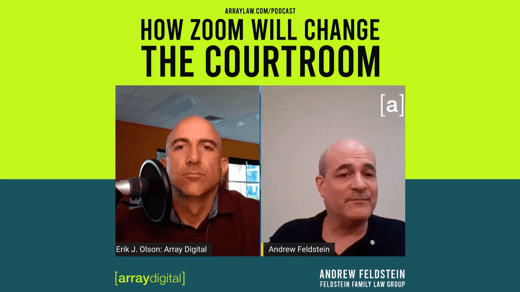Hi, my name is Nick Slinko and I am a lawyer with the Feldstein Family Law Group. Today I am going to be speaking about who may be involved in family law litigation. Typically, the parties to litigation include the person who makes a claim in a matter, who is called the Applicant, and the person against whom the claim is being made, who is called the Respondent.
But you can name other people who are non-parties in your case, but who have an interest in your case such as your former in-laws. In fact, when commencing a Court action, as outlined in Rule 7(3) of the Family Law Rules, the person starting a case, the Applicant, must name every person who they are making a claim against.
A court is not permitted to make orders against any third party who is not named accordingly in the action. That said, Rule 7 (5) of the Family Law Rules permits a party to be added to the family law litigation after it has already been commenced, by a court order. This section allows a Court to add a third party to the family law proceeding if it is determined that this added person will contribute to obtaining information, that will secure obligations for support or equalization.
For example, if two people separate one or both of them may transfer money to another person’s bank account in order to defeat a potential claim, making that outsider’s banking information relevant. That relevant information therefore should be disclosed as the added party may be accountable for an equalization payment, for example. Adding this person as a party to your case would become necessary in order to seek recourse from the Court to get access to that money.
It is important to remember that section 7(5) is highly discretionary, and a Court will not make an order to add a party to a proceeding unless the person requesting recourse from the court can meet the high threshold of proving that the added party may be held accountable for support or an equalization payment. According to the case law, unless an order could be made in favour of, or against the individual in question, the court should not make an Order to add the individual.
Although this high threshold may seem unfair, Rule 7(5) is meant to protect potential third parties from the involvement in family law proceedings. If this were not in place, there would be the possibility that many individuals may want to include their in-laws or their spouse’s new partner as part of the proceedings without valid reasons. Such an action would undoubtedly be a waste of the Court’s time and the time of the third party, and you can bring a third party motion for disclosure against a non-party where disclosure is the issue.
If you would like to learn more about family law litigation and adding the correct parties to a case, please visit our website. If you need legal advice about your own situation, please call us at 905-581-7222 to schedule an initial consultation. Thanks for watching.




